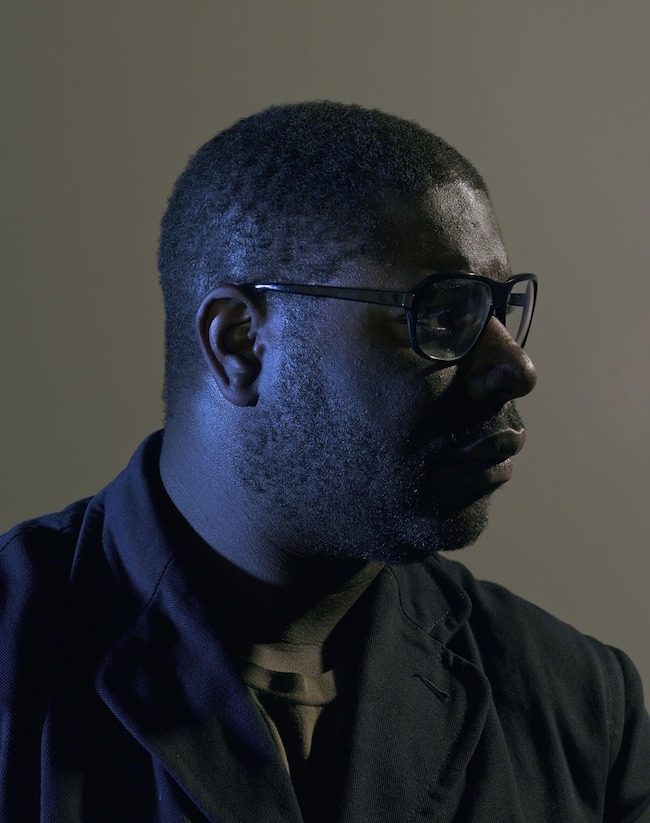
Steve McQueen. Photo: Gene Pittman, Walker Art Center
“My only commitment—my only doctrine—is to not let the dust settle,” says director/artist Steve McQueen, a sentiment that’s reinforced by his new video and sculptural works, which address racism and the pervasiveness of violence, partially in response to recent events in Ferguson, Missouri. Like Solomon Northup of 12 Years a Slave, Steve McQueen: Ashes displays “a kind of struggle against invisibility and death.”
- Next time you visit a museum, take time with a single work that resonates with you. Psychologists state that a slow, contemplative viewing of a work of art can make viewers more likely to connect with art, be introspective, and increase their well-being.
- “Blackness has always been stigmatised, even amongst black people who flee from the density of that blackness,” says Kerry James Marshall of the color he uses for skin tones in his recent paintings. “Some black people recoil from black people who are that dark because it has always been stigmatised.” Also drawing attention to ideas of female beauty, the artist’s colorful new works portray voluptuous female figures with very black skin.
- An “artist of color” in Sweden, Santiago Mostyn lightly touches white strangers in his video Delay, a meditation on his place in a society that calls itself “the most progressive and left-liberal country” and “the most racially homogenous white nation” in the world. The video is presented in advance of the 2014 Creative Time Summit in Stockholm, which investigates themes related to migration, nationalism, the public sphere, and surveillance.
- In her new music video Home—created with Mat Dryhurst and Dutch design team Metahaven—Holly Herndon incorporates logos and symbols related to Edward Snowden’s leaked NSA documents to open a discussion about privacy. After all, “what good are radical sounds if they do not attempt to communicate radical alternatives?”
- Participants in a recent installation by artist Risa Puno were given cookies in return for personal data written on scraps of paper—a frequent online activity for many (often unaware) users, made more difficult and contemplative in a physical exchange. To be reinstalled on October 25, the project exposes the contradictory ways in which we engage with the Web. On the one hand, we give ourselves up to it, while on the other, we regard it with fearful caution.
- “Human behavior is so mucky and violent and messed-up and inappropriate… My work draws on that,” said Kara Walker in the Un-Private Collection artist talk at the Broad, where she discussed her sugar sphinx sculpture, the audience’s reactions, and the pressure of being a black female artist.
Follow Art News From Elsewhere on the Walker Art Center homepage or via @walkermag, the Walker’s editorial-focused Twitter feed.



